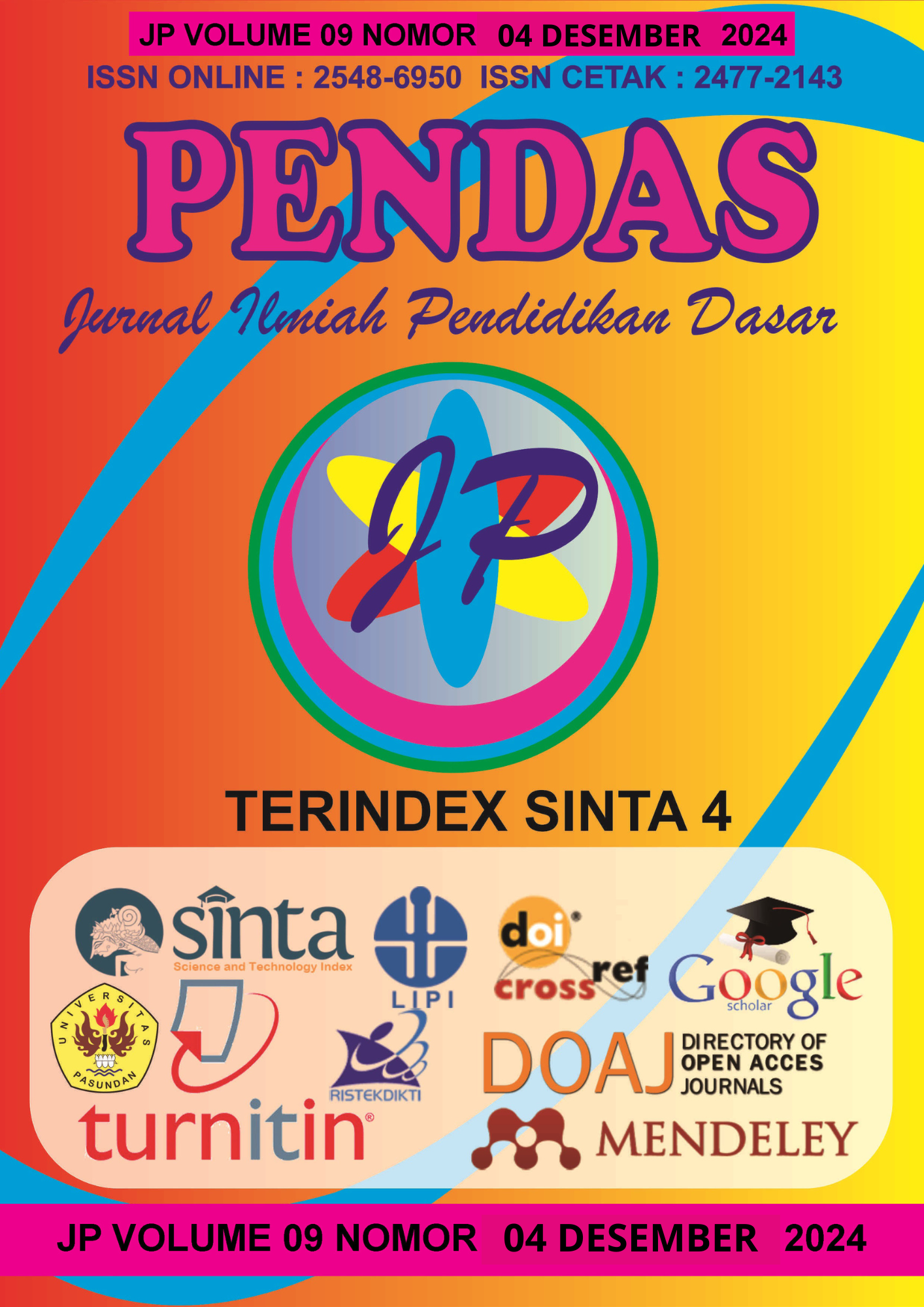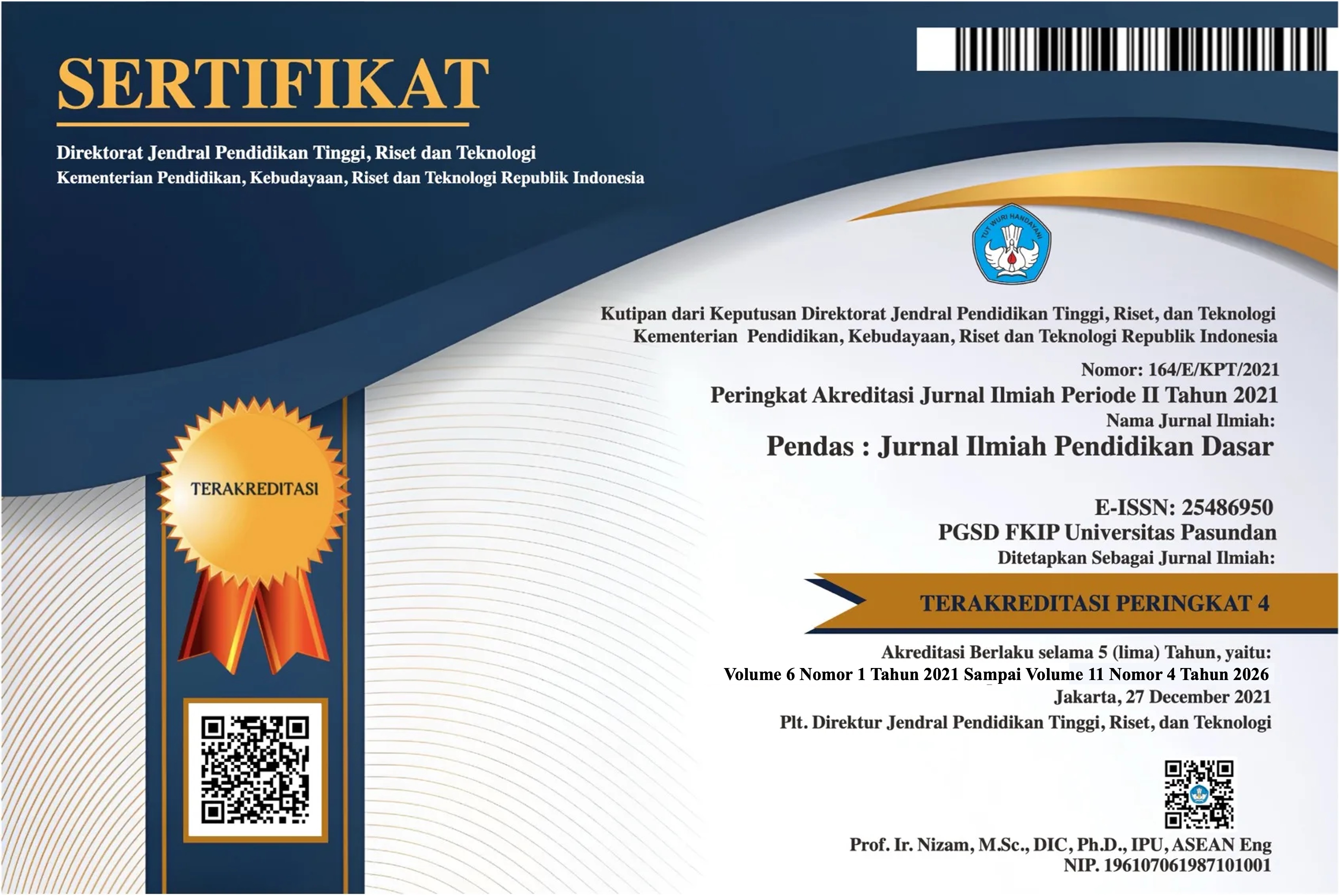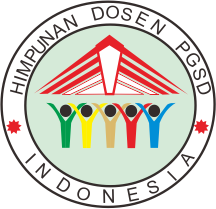LANGUAGE METAFUNCTIONS ON THE MAKE OVER ADVERTISEMENTS TO SUPPORT ALTERNATIVE SOURCE FOR TEACHING DESCRIPTIVE TEXT FOR EFL SENIOR HIGH SCHOOL
DOI:
https://doi.org/10.23969/jp.v9i04.21586Keywords:
Systemic Functional Linguistics, metafunction, descriptive text, Make Over advertisements.Abstract
This study explores the application of language metafunctions within Make Over advertisements to support the teaching of descriptive text in English as a Foreign Language (EFL) classrooms for Senior High School students. Using Systemic Functional Linguistics (SFL) as an analytical framework, the research focuses on ideational and interpersonal meanings to analyze how these advertisements convey meaning and engage audiences. The ideational metafunction examines the representation of processes, participants, and circumstances in advertising language, while the interpersonal metafunction evaluates how linguistic choices build connections with the target audience. Data were collected from advertisements on the Make Over official website and analyzed qualitatively to identify linguistic features that align with the teaching objectives of descriptive text. The findings reveal that Make Over advertisements effectively utilize descriptive and persuasive language to highlight product features, emphasizing vivid imagery and relatable contexts. Ideational meanings are realized through material and relational processes that describe product benefits, while interpersonal meanings are manifested through inclusive language and motivational tones that foster audience engagement. These linguistic features demonstrate the pedagogical potential of advertisements as authentic resources for teaching descriptive texts. By integrating these materials, educators can provide students with real-world language experiences, enhancing their descriptive writing skills and comprehension. This research underscores the significance of multimodal texts in bridging theoretical knowledge and practical language use, contributing to innovative strategies in EFL pedagogy. The study advocates for the incorporation of authentic materials, like advertisements, to create engaging and culturally relevant learning environments.x
Downloads
References
Anwar, M. (2016). Linguistic analysis of advertisements using Systemic Functional Linguistics. Journal of Applied Linguistics, 12(4), 234-248.
Bhatia, V. K. (2004). Worlds of written discourse: A genre-based view. Continuum.
Carter, R., & McCarthy, M. (2006). Cambridge grammar of English: A comprehensive guide. Cambridge University Press.
Christie, F. (2002). Classroom discourse analysis: A functional perspective. Continuum.
Cook, G. (2001). The discourse of advertising. Routledge.
Cuddon, J. A., & Preston, C. E. (2019). The Penguin dictionary of literary terms and literary theory (5th ed.). Penguin Books.
Derewianka, B., & Jones, P. (2016). Teaching language in context. Oxford University Press.
Eggins, S. (2004). Introduction to Systemic Functional Linguistics (2nd ed.). Continuum.
Gill, R. (2017). Gender and the media. Polity Press.
Gilmore, A. (2007). Authentic materials and authenticity in foreign language learning. Language Teaching, 40(2), 97-118. https://doi.org/10.1017/S0261444807004144
Goddard, A. (2002). The language of advertising: Written texts. Routledge.
Halliday, M. A. K. (1985). An introduction to functional grammar (1st ed.). Edward Arnold.
Halliday, M. A. K., & Matthiessen, C. M. I. M. (2014). Halliday’s introduction to functional grammar (4th ed.). Routledge.
Humphrey, S., Droga, L., & Feez, S. (2012). Grammar and meaning. PETAA.
Hyland, K. (2003). Second language writing. Cambridge University Press.
Hyland, K. (2009). Teaching and researching writing (2nd ed.). Pearson Education.
Jewitt, C. (2005). Multimodality, “reading,” and “writing” for the 21st century. Discourse: Studies in the Cultural Politics of Education, 26(3), 315–331.
Kress, G. (2010). Multimodality: A social semiotic approach to contemporary communication. Routledge.
Kress, G., & van Leeuwen, T. (2006). Reading images: The grammar of visual design (2nd ed.). Routledge.
Lantolf, J. P., & Thorne, S. L. (2006). Sociocultural theory and the genesis of second language development. Oxford University Press.
Martin, J. R., & Rose, D. (2007). Working with discourse: Meaning beyond the clause (2nd ed.). Continuum.
Matthiessen, C. M. I. M., & Martin, J. R. (2022). Descriptive writing in language learning: A systemic functional perspective. Bloomsbury Academic.
Pratiwi, D., & Hadianto, T. (2019). Multimodal texts in language education: The role of advertisements in teaching writing skills. Journal of English Education Research, 5(2), 112–127.
Rose, D., & Martin, J. R. (2012). Learning to write, reading to learn: Genre, knowledge, and pedagogy in the Sydney school. Equinox.
Serafini, F. (2014). Reading the visual: An introduction to teaching multimodal literacy. Teachers College Press.
Sukmadewi, A. (2020). The effectiveness of advertisements in teaching vocabulary and descriptive writing in EFL classrooms. ELT Journal, 74(3), 145–162.
Wahyuni, S. (2020). Functional linguistics in the analysis of advertisements: A focus on interpersonal and ideational meanings. Journal of Applied Linguistics and Literature, 6(4), 289–307.
Yang, Y. (2021). Exploring textual metafunctions in advertising discourse. Linguistics and Language Studies, 8
Downloads
Published
Issue
Section
License
Copyright (c) 2025 Pendas : Jurnal Ilmiah Pendidikan Dasar

This work is licensed under a Creative Commons Attribution 4.0 International License.



















